Species violet...
rob_peace
21 years ago
Related Stories
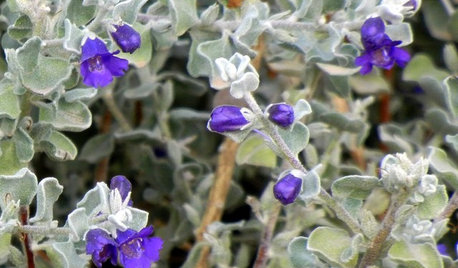
GARDENING GUIDESGreat Design Plant: Violet Silverleaf Thrives on Scant Water
Purple flowers transform silvery, sun-loving Leucophyllum candidum, while its easy care may change your gardening routine
Full Story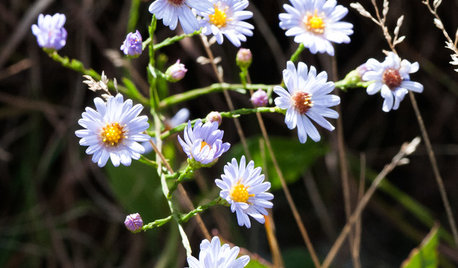
GARDENING GUIDESGreat Design Plant: Skyblue Aster (Symphyotrichum Oolentangiense)
This showy aster tolerates dry conditions and brings in the pollinators with its violet-blue flowers in fall
Full Story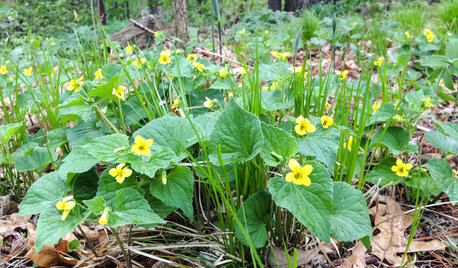
GARDENING GUIDESGreat Design Plant: Viola Pubescens Dots Woodlands With Yellow
Plant downy yellow violet in eastern U.S. woodland gardens for its heart-shaped leaves and bright yellow flowers
Full Story
GARDENING GUIDESGreat Design Plant: Try Blue Bells for Blooms in Dry Soil
This shrub’s violet-blue flowers and silvery foliage brighten low-water gardens all year long
Full Story
GROUND COVERSNative Alternatives to English Ivy, Japanese Pachysandra and Periwinkle
These shade-loving ground covers are good for the environment and say something about where you are
Full Story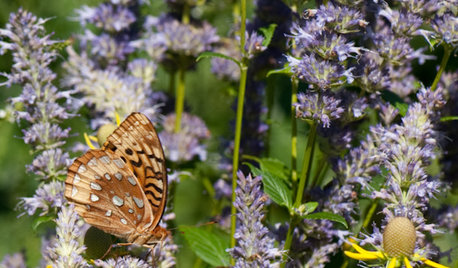
GARDENING GUIDESGreat Design Plant: Anise Hyssop Delights Licorice Lovers
With its distinct scent and flower spikes, drought-tolerant Agastache foeniculum stirs interest among humans and winged creatures alike
Full Story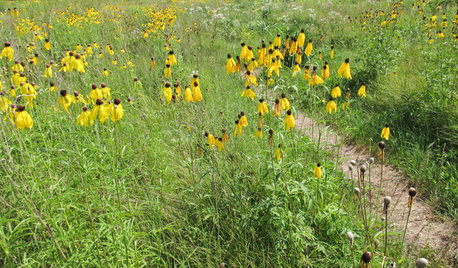
GARDENING GUIDESGreat Design Plant: Ratibida Pinnata Flutters in the Breeze
This bright coneflower brings splashes of yellow to eastern U.S. prairie gardens and perennial borders
Full Story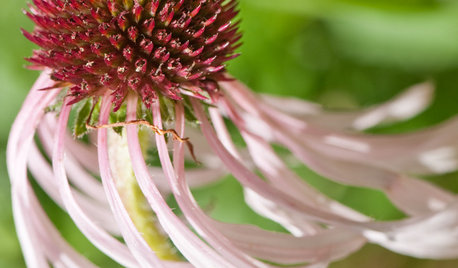
GARDENING GUIDESGreat Design Plant: Echinacea Pallida
Plant pale purple coneflower in perennial gardens or informal prairie plantings for spring blooms, bees and butterflies
Full Story
GROUND COVERSGive Your Lawn a Taste of the Wild
Consider the joys of an irregularly trimmed meadow lawn: It’s ecofriendly, visually interesting and still good for romping
Full Story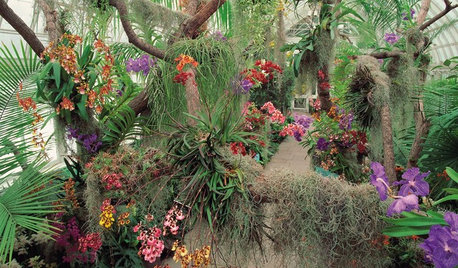
FLOWERSSee the Amazing Orchids Unfolding at a New York Garden Show
Get an eyeful of awe-inspiring orchids in incredible colors and learn how to keep one happily blooming at home
Full StorySponsored






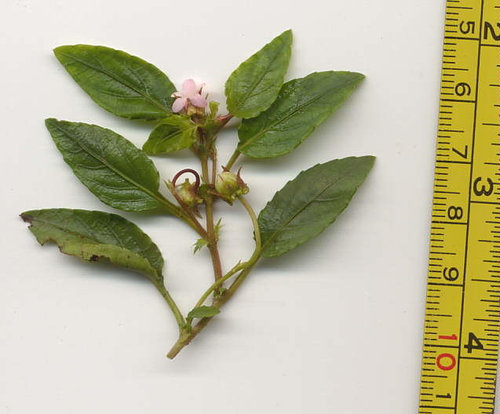
stefanb8
Mike Hardman
Related Professionals
Ashburn Landscape Architects & Landscape Designers · Graham Landscape Architects & Landscape Designers · Elgin Landscape Contractors · Middletown Landscape Contractors · Amesbury Landscape Contractors · Las Vegas Landscape Contractors · Madera Landscape Contractors · Mason Landscape Contractors · New Braunfels Landscape Contractors · Petaluma Landscape Contractors · Roswell Landscape Contractors · San Benito Landscape Contractors · West Allis Landscape Contractors · East Norriton Landscape Contractors · Quartz Hill Landscape Contractorsrob_peaceOriginal Author
nathalie
denisd_31
gerdk
rob_peaceOriginal Author
gerdk
rob_peaceOriginal Author
masashi
rob_peaceOriginal Author
gerdk
Mike Hardman
Mike Hardman
CMausteller
Mike Hardman
rob_peaceOriginal Author
nathalie
gerdk
nathalie
gerdk
nathalie